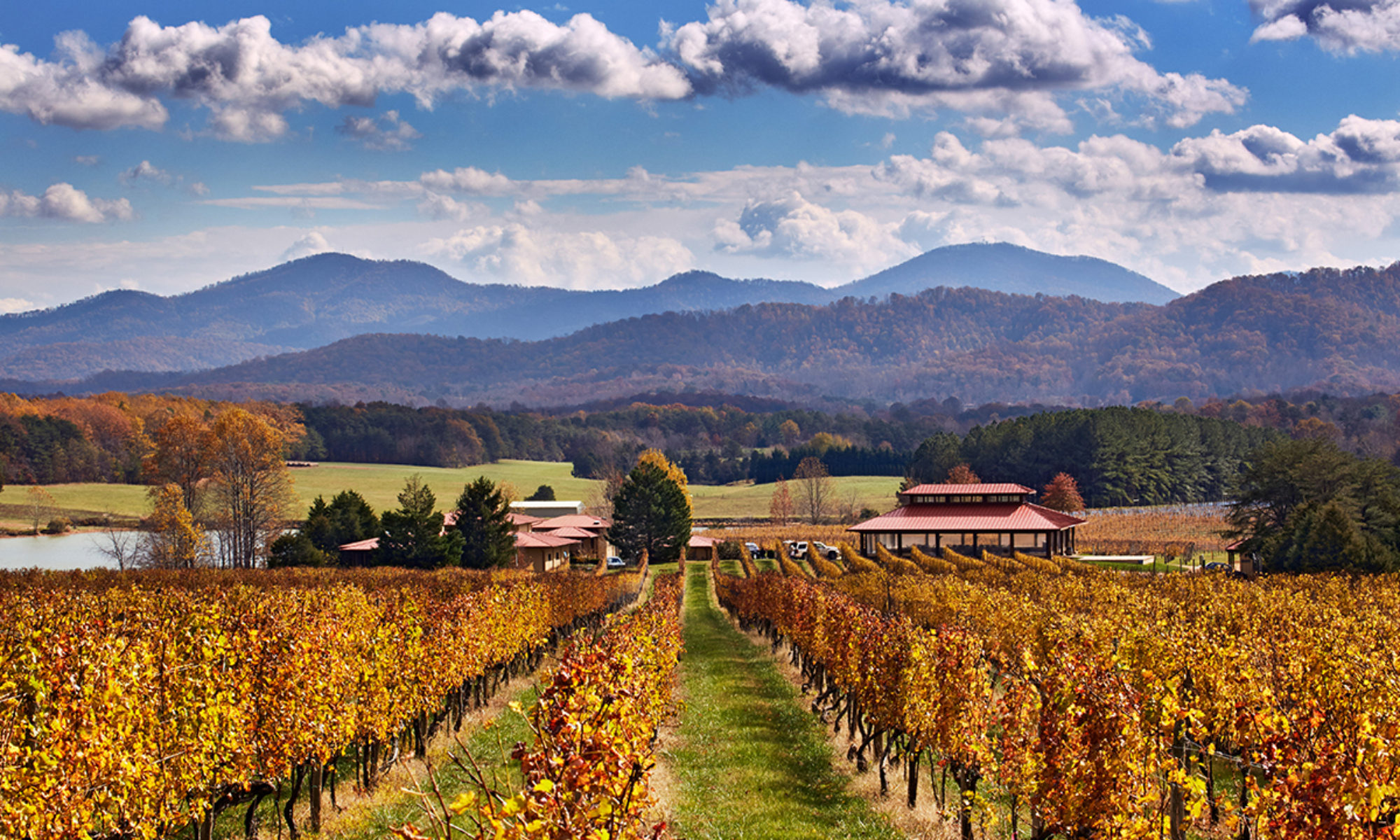Located north of the village of Crozet, near White Hall, west of Charlottesville. The 65-acre estate on Mount Juliet Farm is owned by John Grace, who first sold grapes to other wineries and then opened Grace Estate to the public in 2013. Small-to-mid size winery. Winemaker Franz Ventre is a native of Bordeaux, and was earlier the winemaker at Jefferson Vineyards.
Wine. One of the Top 50 wineries in Virginia, also boasting the most aristocratically-named wines in the state. The Grace 2021 “First Baron” Sauvignon Blanc was awarded a gold medal at the 2023 Virginia Governor’s Cup state-wide wine competition; the 2021 “Count Stephen” Merlot, “Mayor William” Cabernet Sauvignon, and Le Gras Baril all received silver medals, and the 2021 Nouveau Malbec and Le Gras Rose came away with bronze medals at the event. The Grace 2017 ice wine and 2019 Gras de Cuve white were both awarded gold medals at the 2022 Governor’s Cup competition, while the 2017 “Adeliza” and 2018 “Gange-Rolve” Chardonnay received silver medals. The 2019 “Colonel Richard” and 2018 Le Gras Cuvee and Gange-Rolve Viognier were awarded silver medals at the 2022 Monticello Cup wine competition. Other wines include a “Colonel Richard” Tannat. All of the wines at Grace Estate are made from grapes grown on the estate’s Mt. Juliet farm. Red wines include Merlot, Malbec, Petit Verdot, Tannat, Cabernet Franc, and Cabernet Sauvignon. White wines include Viognier, Chardonnay, Petit Manseng, Sauvignon Blanc, and Vidal Blanc.
Setting. One star. Wrap-around deck and plenty of outdoor seating from which to enjoy good views of the Albemarle hills. The Tasting room has ample indoor and seating, with a large stone fireplace. Bread, cheese, cold cuts can be purchased and picnics may be brought in; there are also gas grills available.
Stories. The Three Notch’d Road. When Europeans began exploring the area between Richmond, on the fall of the James River, and the Blue Ridge Mountains, they found a hunting path laid out by Native Americans to help them find their way west. This path, most used by the Monacan tribe, with time grew into what came to be called the Three Notch’d Road. The name derived from the method of marking or blazing the trail: three notches in the trees. This east-west route ran from Richmond to the pass in the Blue Ridge Mountains that is now called Jarman’s Gap, and paralleled the James and Rivanna Rivers. West of the future Charlottesville, the road threaded its way through the Southwest Mountains at the Rivanna River Gap. As patents began to be granted for lands in Albemarle County, and pioneers began settling beyond the Blue Ridge and exploring over the Appalachian Mountains, the Three Notch’d Road became a trade route used by European settlers to shuttle goods between Richmond and the Mountains. When the village of Charlottesville was created, the Three Notch’d Road became Main Street, and the village found itself sitting on a major trade route: without it, Charlottesville would have remained a small village, and not the major Virginia city it is today. The Road was the scene of a famous Revolutionary War episode, “Jack Jouett’s Ride,” a nighttime ride by young Jouett to warn the Virginia Legislature – which had escaped to what it thought was safety in Charlottesville – of an impending attempt by the British Army to catch them by surprise and capture the legislators. Three centuries later, the old Monacan hunting path, become the Three Notch’d Road, had still another destiny in front of it: this became what is today US Route 250, which passes by Crozet and is still the major route west to the mountains. The old name certainly sounded more glamorous. A historical marker in Charlottesville’s downtown pedestrian mall commemorates the road and its role in the city’s growth.
